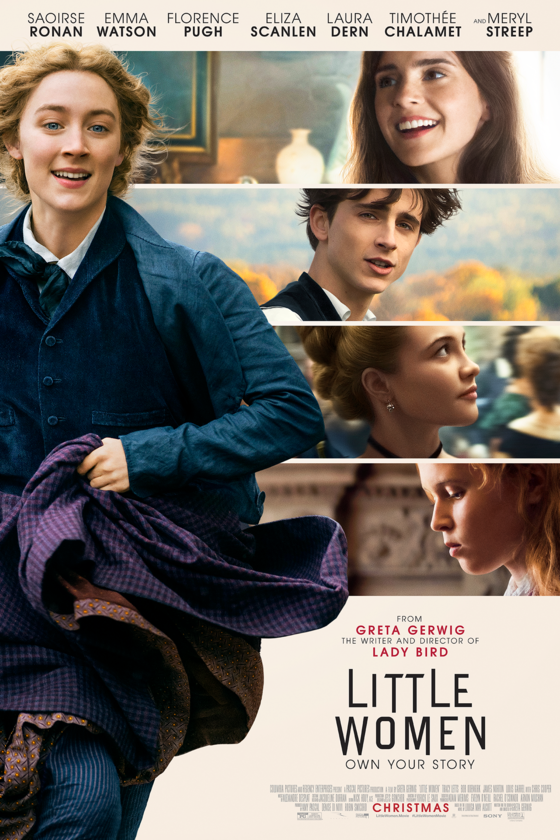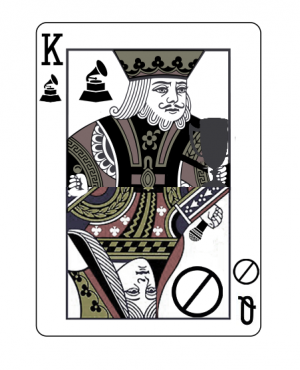Greta Gerwig adapts “Little Women” for the better
February 18, 2020
Greta Gerwig’s adaptation of “Little Women” brings to life the 150-year-old classic with a modern twist. The story, laced with modern dialogue and snippy one liners, follows the March sisters ー Meg, Jo, Beth and Amy ー in a post-Civil War setting through their girlhood. From unrequited romance to the impeccable portrayal of the characters, Gerwig’s execution of this classic brings back nostalgia to local theatres.
Gerwig unfailingly turns the underlying themes of poverty and duty from the original story into one with a feminist spin when she makes one of the subplots revolve around Jo March and the publishing industry. Jo is a self-proclaimed writer and, for most of the story, maintains the fierce, independent and feminist traits paired with her character. One of Jo’s main struggles is publishing her work under her own name, something she fights for throughout the story.
Aside from Jo herself, Gerwig threads her own feminist ideals into the characteristics of each of the sisters, giving them ambition and free thought.
One of the compromises of the movie remains in the structure of the story. The book is told in chronological order, whereas the movie follows a non-linear pattern that completely changes the overall tone. The movie’s transitions from present to past detract from the homely feel with which many people originally fell in love. The warm relationship between the March sisters is conveyed, but the jarring reality of complex family ties is also shown in the contrasting “present” scenes.
Apart from the non-linear structure, Gerwig attempts to deviate from the original mood of the novel. The cooler colors of the present scenes demonstrate the crashing reality of poverty, familial duty and distraught relationships. Replicating the original tone of the book, the past scenes, filled with warmer colours, create the cozy, homely feeling that is commonly associated with the story. Another contributing factor to the overall color palette resides in the wardrobe choices. Gerwig pairs the attributes of each scene change to the wardrobe in hopes of enhancing the overall feel of the film.
Further expanding upon the source material, Gerwig harnesses the medium to flesh out characters like Amy in greater depth; almost universally hated due to her one-dimensional portrayal in the novel, Amy’s character in the film is realistic and lovable.
A masterful score by Alexandre Desplat punctuates the key emotional moments in the film, complementing the intensity of charged scenes, such as Jo turning down Laurie. Through short and interspersed pieces, Desplat compliments Gerwig’s direction, making the movie all the better.
Gerwig unfailingly spins an old classic, one lost amidst modern stories, into a feminist take, bringing the beloved “little women” onto the silver screens once more.





